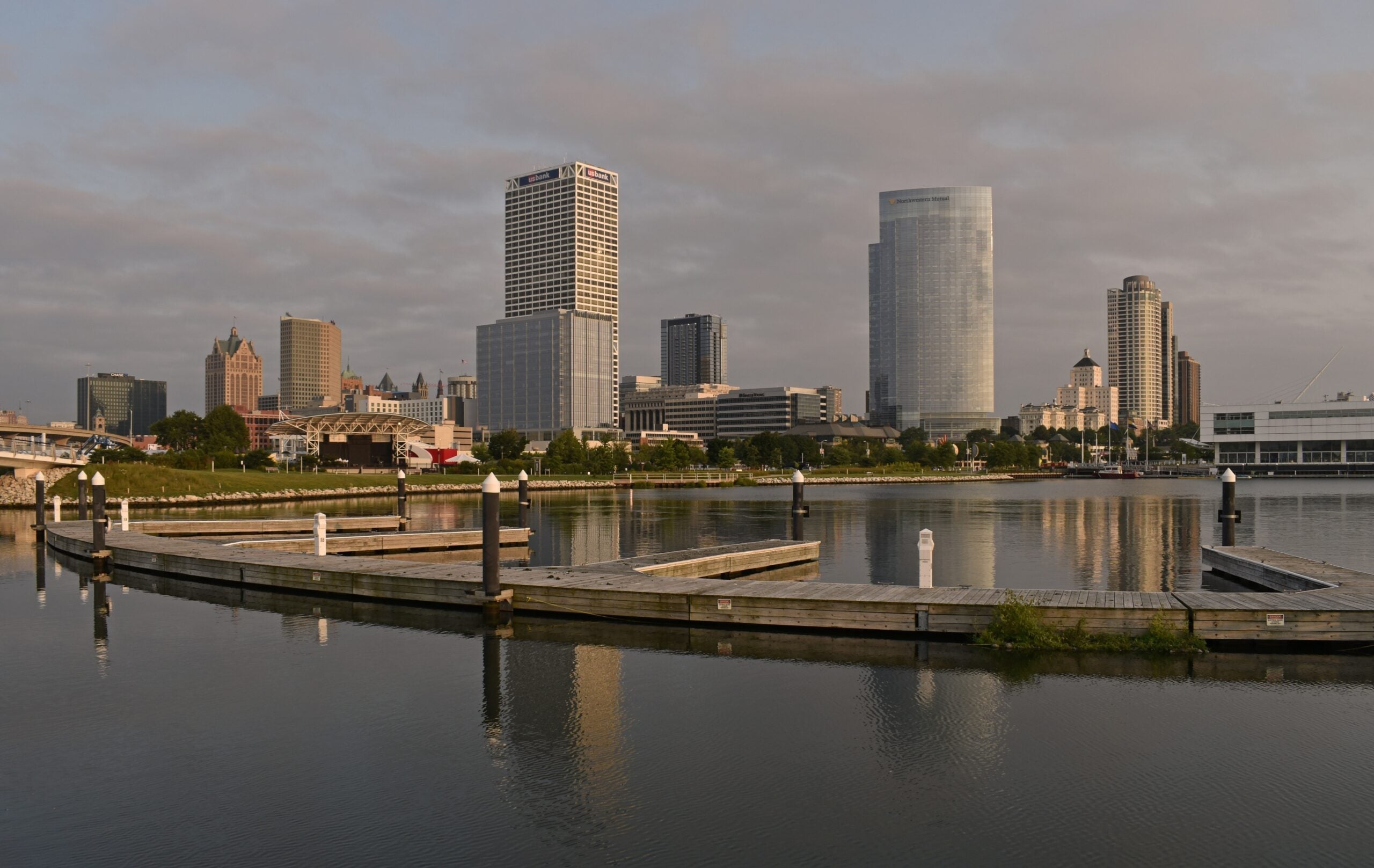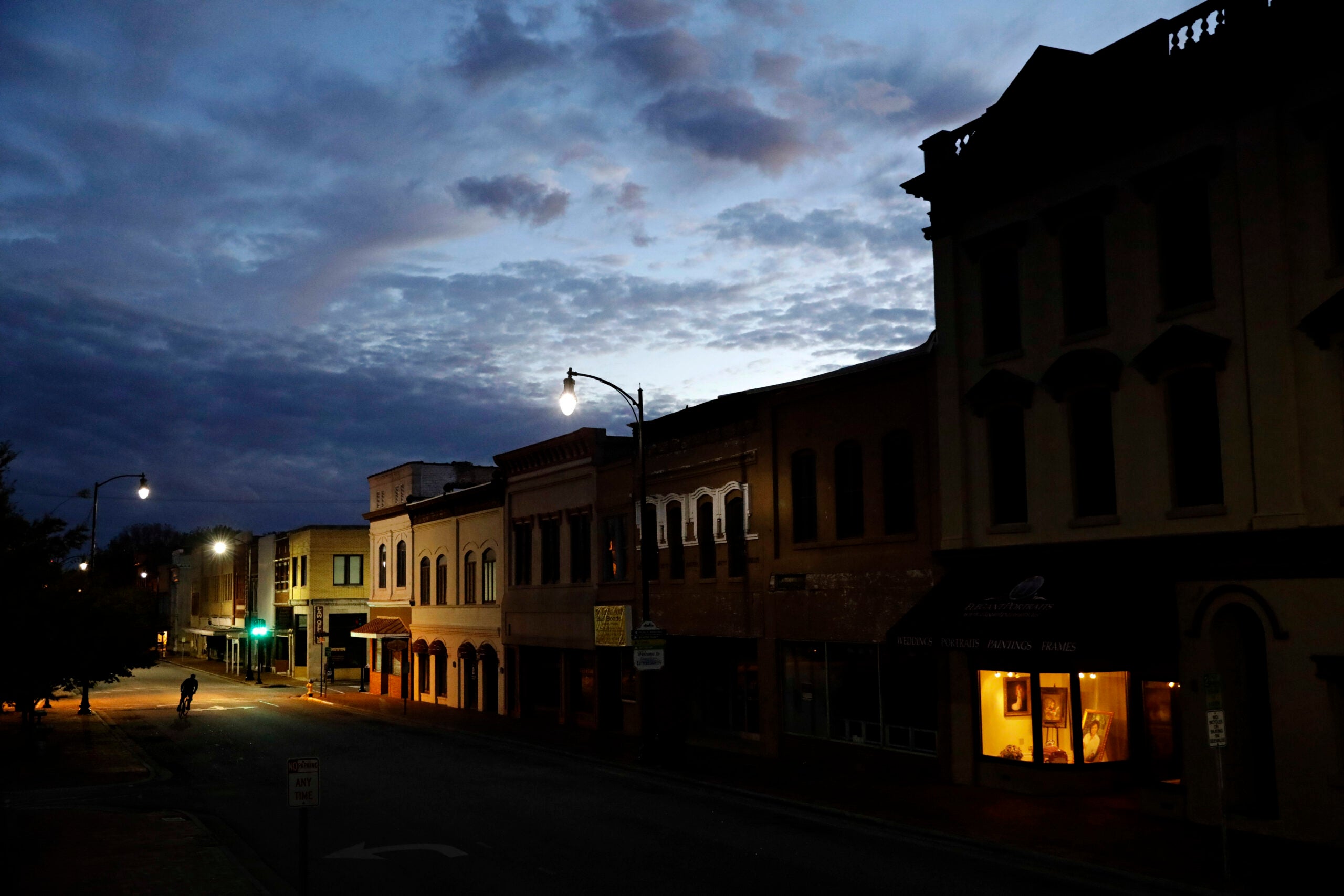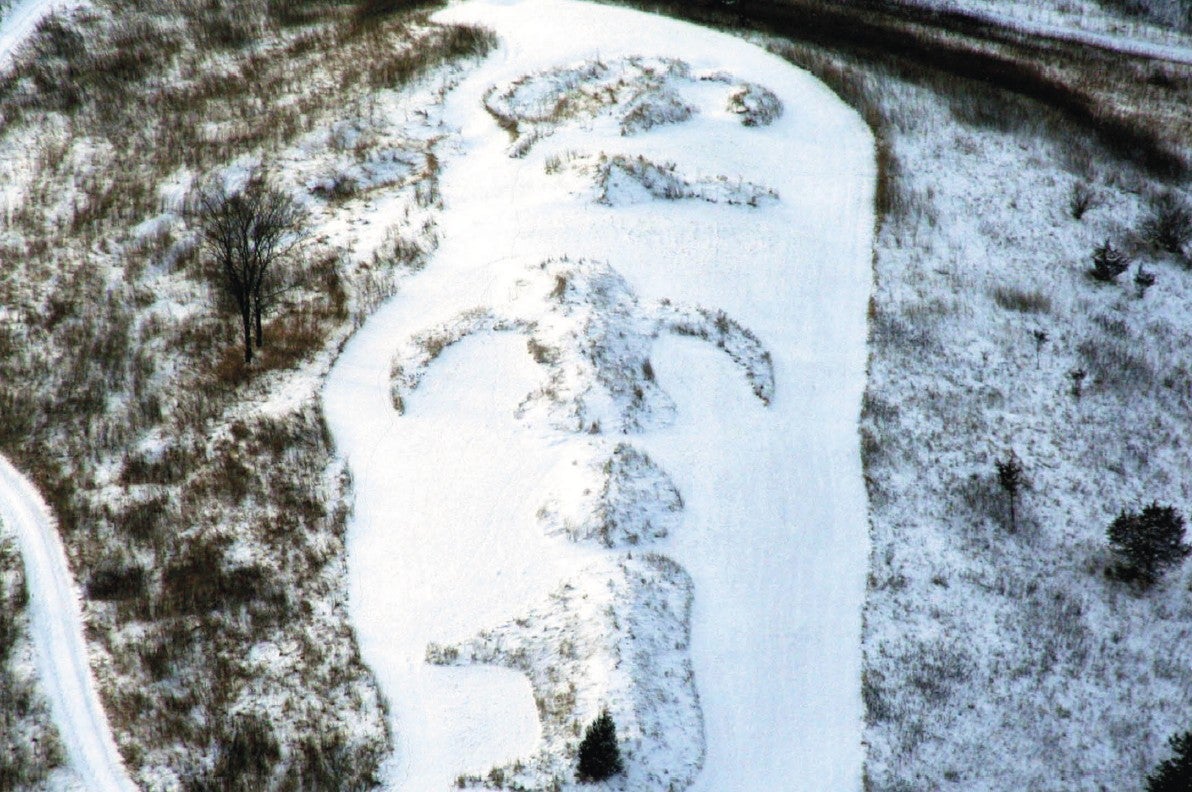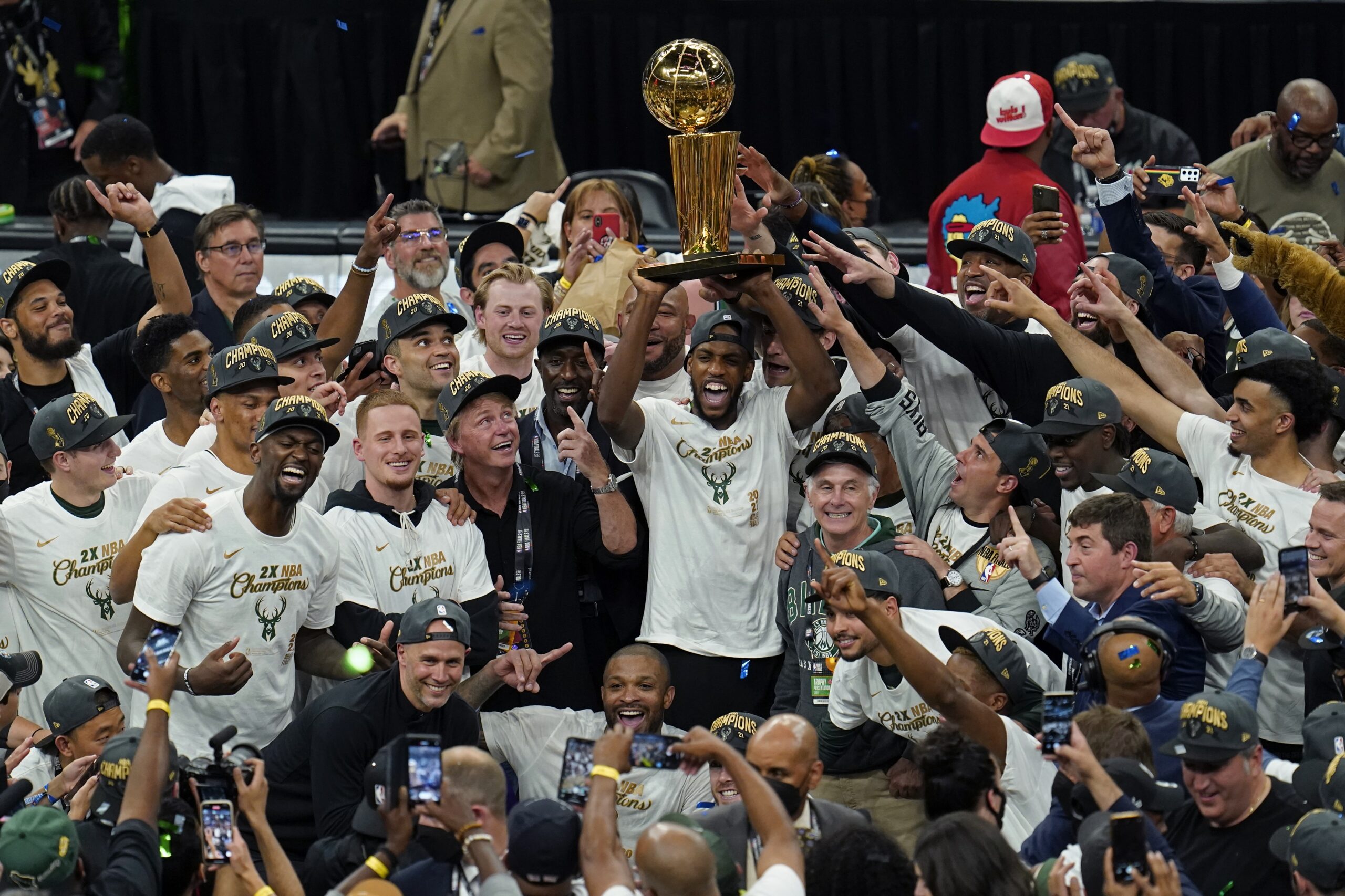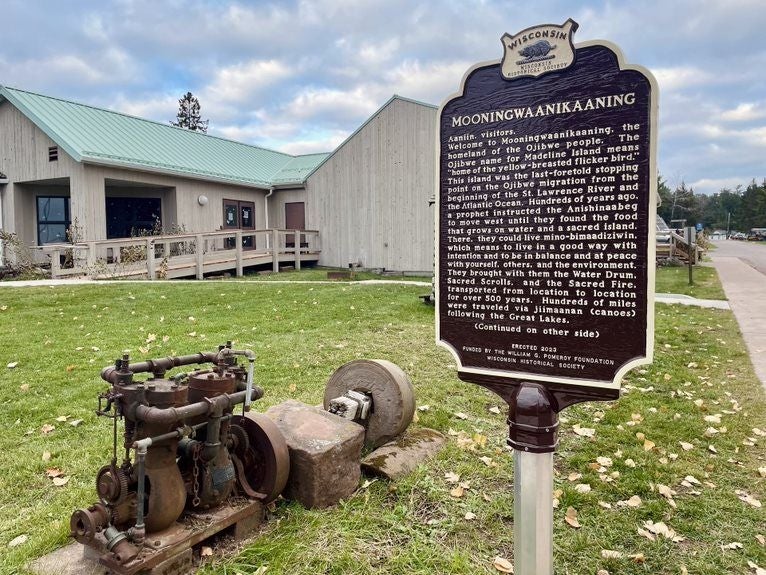When “The Making of Milwaukee” was released in 1999, it chronicled the city’s pivotal moments — from the arrival of many different ethnic groups to its socialist mayors. Many consider it to be the standard history of the city from its founding in 1846 through the 1900s.
But many things have changed in the city since it was released, so author and lifelong Milwaukee resident John Gurda recently gave the book an update, which includes changes in the city’s industry, immigration, landscape and more.
Gurda recently spoke with WPR’s “Central Time” host Rob Ferrett.
News with a little more humanity
WPR’s “Wisconsin Today” newsletter keeps you connected to the state you love without feeling overwhelmed. No paywall. No agenda. No corporate filter.
Their interview has been edited for brevity and clarity.
Rob Ferrett: Let’s talk about how some of the look of Milwaukee has changed in terms of the buildings and landmarks.
John Gurda: There’s been a huge amount. One surprise for me was that since 2005, the dollars spent on construction projects and downtown has been $5 billion and that’s not planned or projected — that’s in the ground or on the way. And that is unprecedented, there has never been that much money spent. And the result is pretty much a transformation of the downtown area. The skyline is growing and at the same time the adjacent neighborhoods around the downtown area.
For a generation of Milwaukeeans — who grew up before the last 10 years or so — an earmark was the smells of Menomonee Valley rendering plants like Red Star Yeast, that organic cloud that would kind of descend over the freeway on overcast days. They are gone and what had been kind of an eyesore has become an asset. As the economy de-industrialized, those jobs went away, and now it’s been transformed into some clean industry, but also recreation and passive green space.
RF: Milwaukee is famous as an industrial city, as a brewing city. What has changed in the economy in the 20 years?
JG: An awful lot. De-industrialization was a trend beginning in the early 1980s. That has continued and in some ways accelerated. A marker in the years since 2000 was the closing of the Tower Automotive plant in 2006, at one time 9,000 jobs in the plant that was the biggest producer of steel auto frames and truck frames in the entire world.
Those jobs are gone. Now it’s a business park called Century City that is kind of struggling to find its feet and a lot of those jobs were held by African-Americans. So that has had a catastrophic impact, especially in parts of the inner city.
RF: One story that hasn’t necessarily changed is concerns about segregation and racial inequality and poverty in African-American neighborhoods in Milwaukee. What are you looking at over the last 20 years?
JG: I think an awful lot of the same, and in some cases worse. And I don’t want to overdo the “Tale of Two Cities” kind of imagery, but Milwaukee, like most of its peers and the urban north, has been pretty much frozen in place.
And what happened is all those industrial jobs went away. At one time, I think 1970, more than half of African-American males had production jobs. Now it’s about 14 percent.
So it’s been just a catastrophic loss. The way I put it was the city’s economy was first flattened and then frozen. So you have a lack of economic mobility. And that leads directly to a lack of geographic mobility. Segregation really is a result of a pattern where people cannot afford to move to what would be generally considered better areas, better conditions.
RF: Part of the story you follow in the original version of the book is that changing ethnic makeup over the decades, almost a couple of centuries in Milwaukee. How has that story continued over the last two decades?
JG: It’s the same pattern, Milwaukee has always been a city of newcomers. Back in 1890, 86 percent of the population was immigrants and their kids. That was the highest proportion in the entire country. Today, it’s still a city of newcomers, but it’s a majority minority city.
Roughly 40 percent is African-American, roughly 17 percent is Latino, gone from roughly 6 percent of the city’s population in 1990 to about 17 percent in 2010.
But the important thing to point out there as well is also continuity, that we are still a city of newcomers, and now we’ve got sort of an updated edition of that with refugees from Myanmar, Somalia, sub-Saharan Africa. So the story’s always repeating itself.
RF: What it is today might be something really different in 10, 20 years?
JG: Big changes in the near future include this runaway regionalization. We’re becoming one megalopolis from south in Indiana to Madison, and Milwaukee will become one node in that huge conurbation, as they call it.
Another one that may be beyond the horizon for those of us alive today, but as climate change inundates the coasts … as drought dries out the west, where are people going to move? They’re going to move to the Heartland. The Great Lakes have water, the soil is good, no hurricanes, no earthquakes.
Wisconsin Public Radio, © Copyright 2025, Board of Regents of the University of Wisconsin System and Wisconsin Educational Communications Board.

